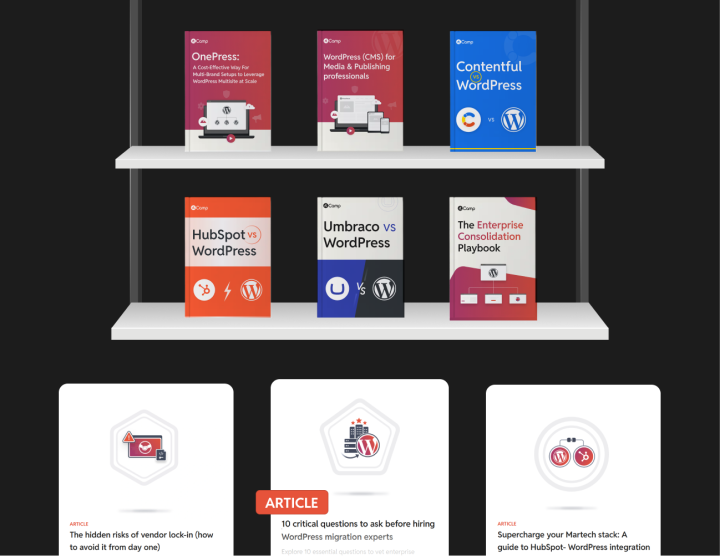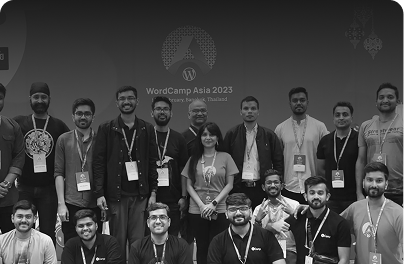Security
Kentico and WordPress ecosystems provide strong security features with built-in access control, strong password policies, and support two-factor authentication. Other security features include automated security updates, automatic backups, and protection from denial-of-service (DDoS) attacks.
That said, here are some potential vulnerabilities for both the CMS:
- Complexity: The complexity of enterprise features and configurations may introduce potential vulnerabilities if not properly managed. Regular updates and adherence to best practices are crucial.
- Custom Code: Customizations and extensions can introduce security risks if not developed with proper security practices in mind.

Leading WordPress enterprise managed hosting platforms like WordPress VIP and Pagely are FedRAMP certified, demonstrating its commitment to data security, which is why even the White House uses WordPress for its digital needs. With time, WordPress has undergone multiple hardening rounds, so its core software can address and mitigate common security threats, including the Top 10 list identified by The Open Web Application Security Project (OWASP) as common security vulnerabilities. This is supported by Kentico too, by the way.
Also, WordPress gets regular updates and older versions also get security patches. Since version 3.7, automatic updates have been part of the core feature and enabled as default since version 5.6. Vulnerabilities and issues get fixed faster with an open-source development cycle.







